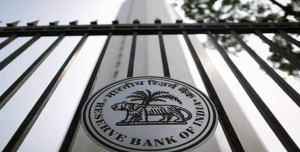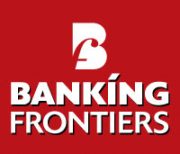
Macro stress tests for credit risk indicate that the gross non-performing asset (GNPA) ratio of SCBs may increase from 6.9% in September 2021 to 8.1% by September 2022 under the baseline scenario and to 9.5% under a severe stress scenario. SCBs would, however, have sufficient capital, both at the aggregate and individual levels, even under stress conditions, according to the Reserve Bank’s 24th issue of the Financial Stability Report (FSR), which reflects the collective assessment of the Sub-Committee of the Financial Stability and Development Council (FSDC) on risks to financial stability and the resilience of the financial system.
Emerging signs of stress in micro, small and medium enterprises (MSME) and also in the micro finance segment call for close monitoring of these portfolios going forward. The capital to risk-weighted assets ratio (CRAR) of scheduled commercial banks (SCBs) rose to a new peak of 16.6% and their provisioning coverage ratio (PCR) stood at 68.1% in September 2021, the report adds.
On the domestic front, progress in vaccination has enabled the recovery to regain traction after the debilitating second wave of the pandemic, notwithstanding signs of a slowing pace more recently. The corporate sector is gaining strength, and bank credit growth is improving. The global economic recovery has been losing momentum in the second half of 2021 in the face of resurfacing Covid infections, the new variant Omicron, supply disruptions and bottlenecks, elevated inflationary levels, and shifts in monetary policy stances and actions across advanced economies and emerging market economies.
